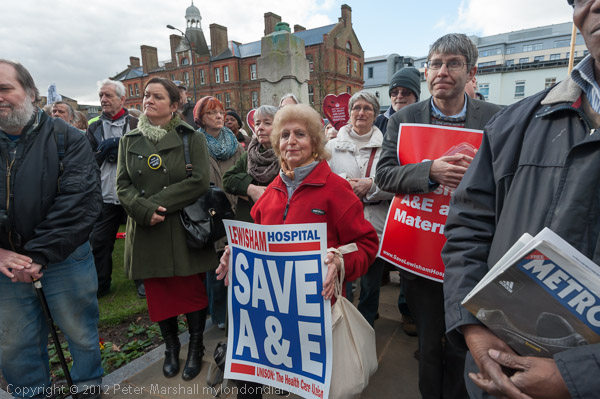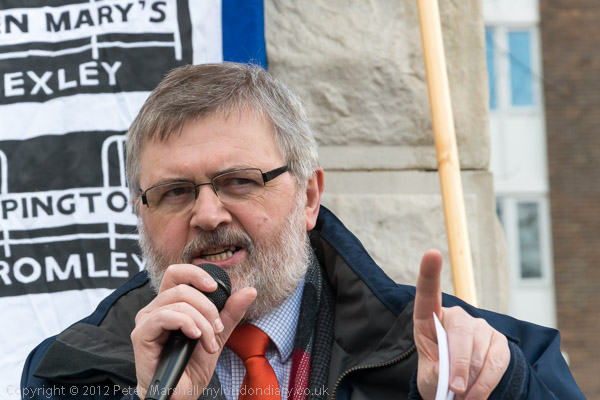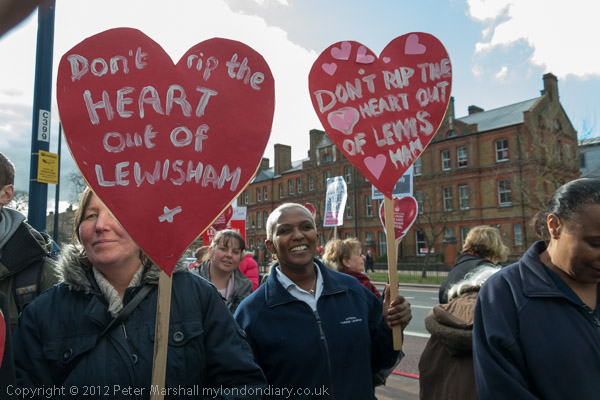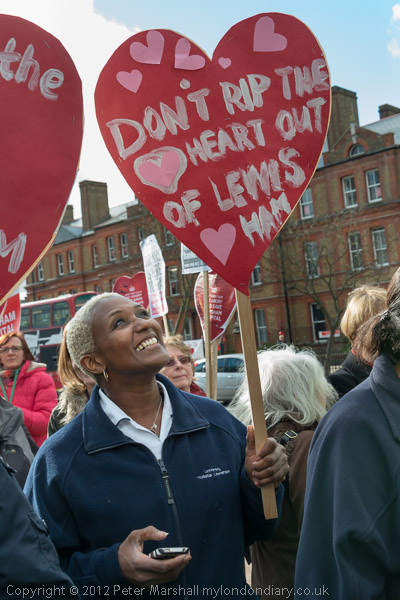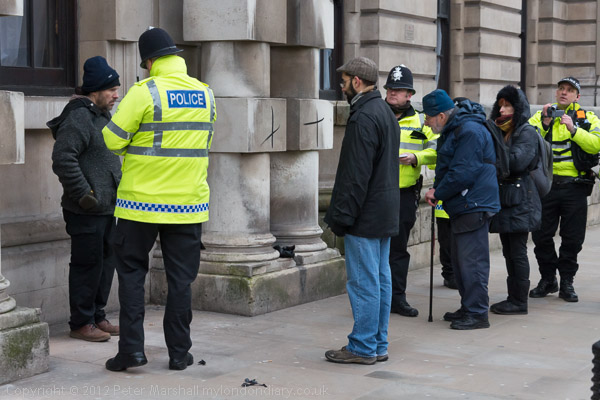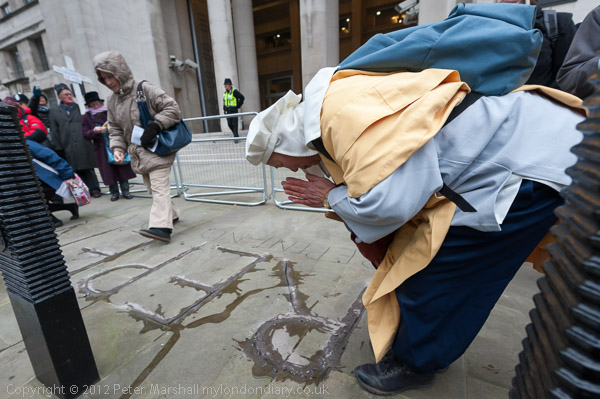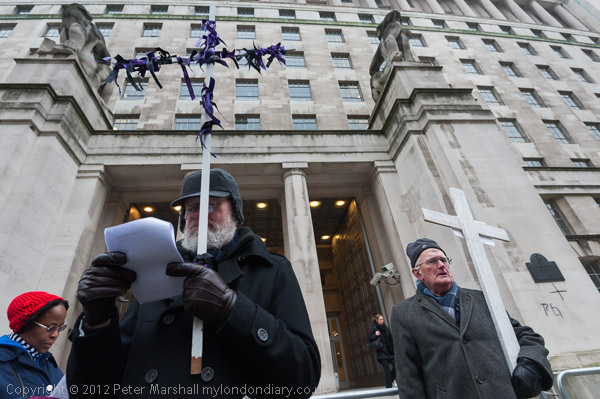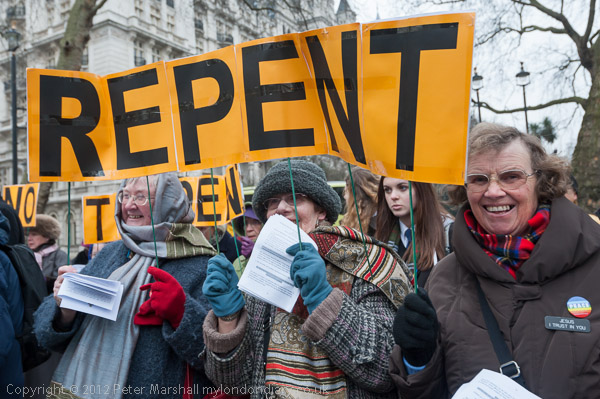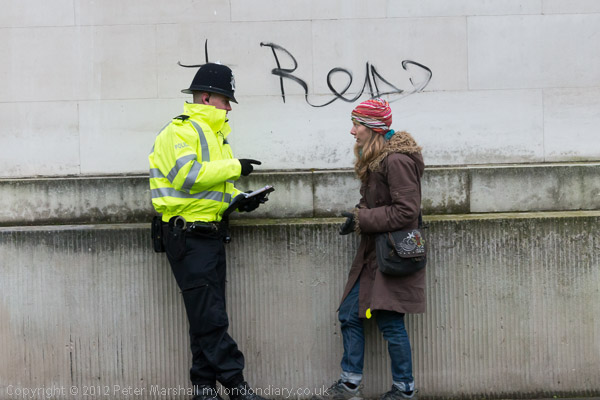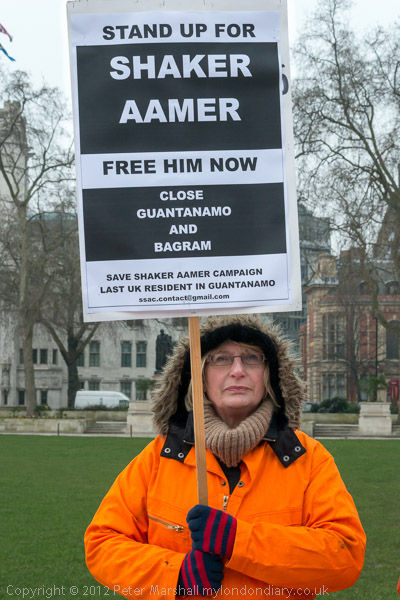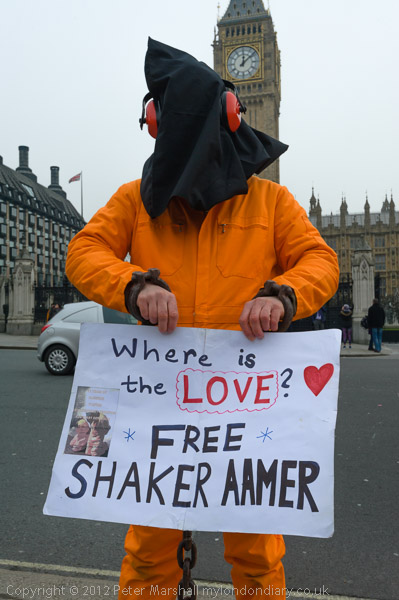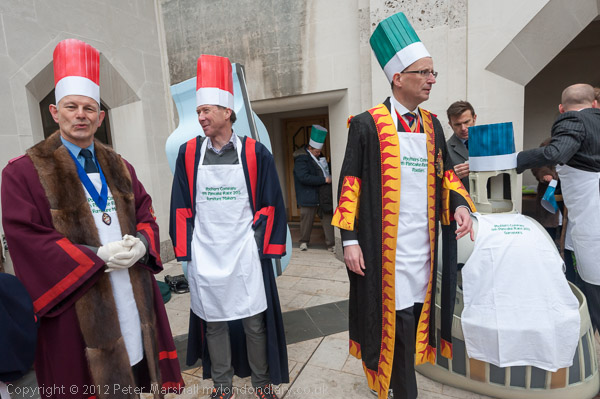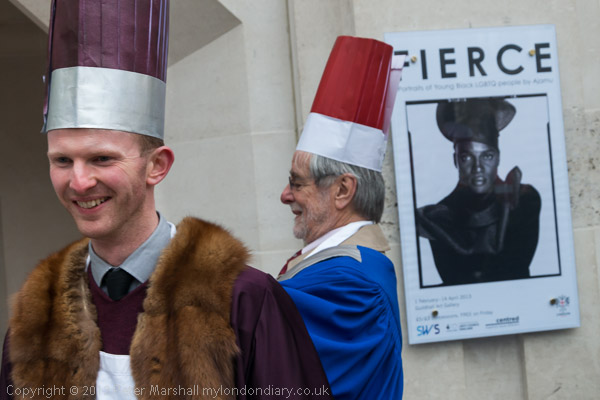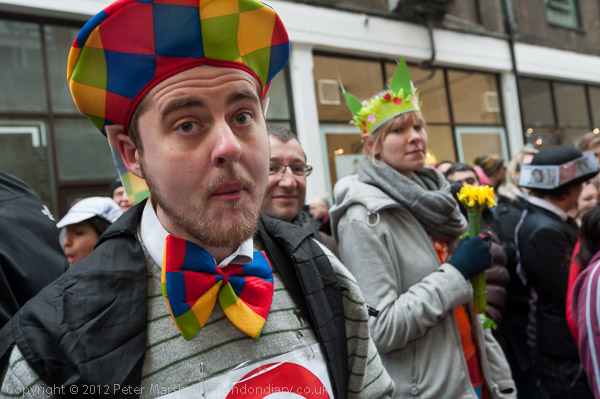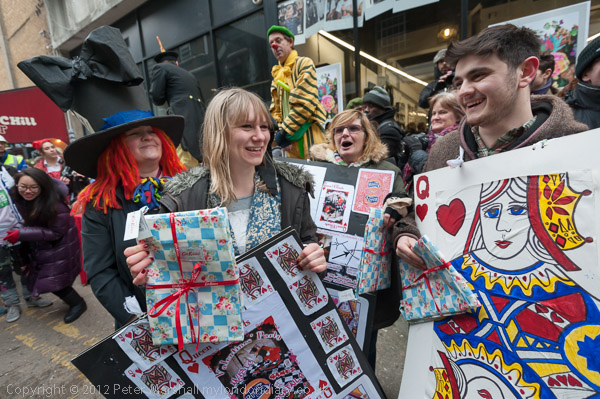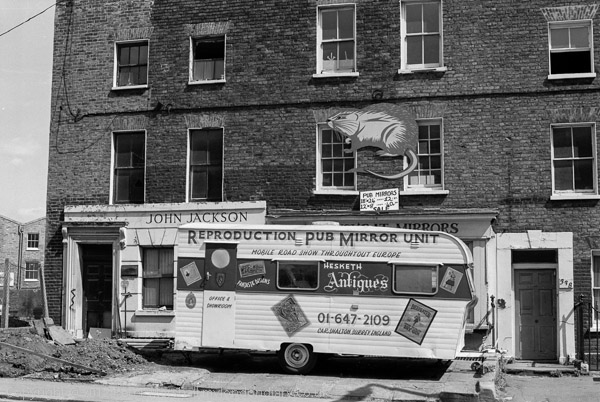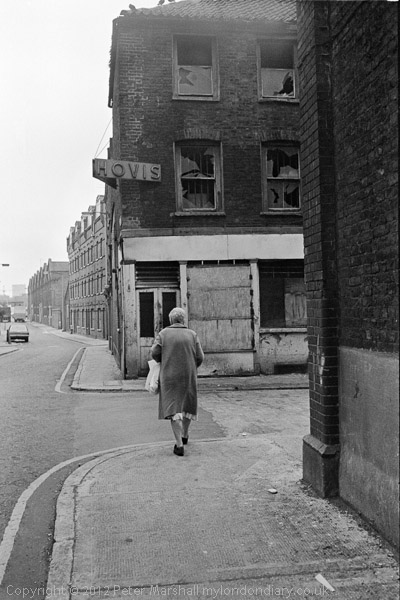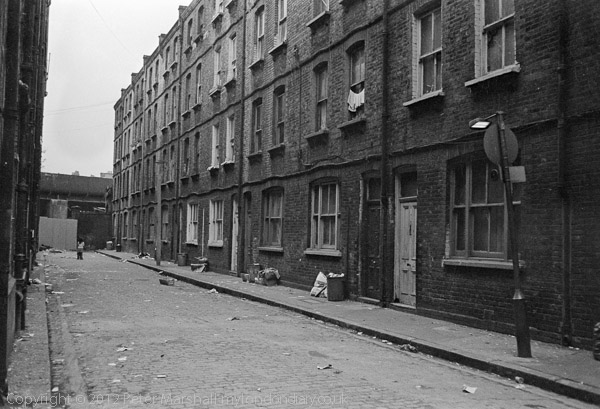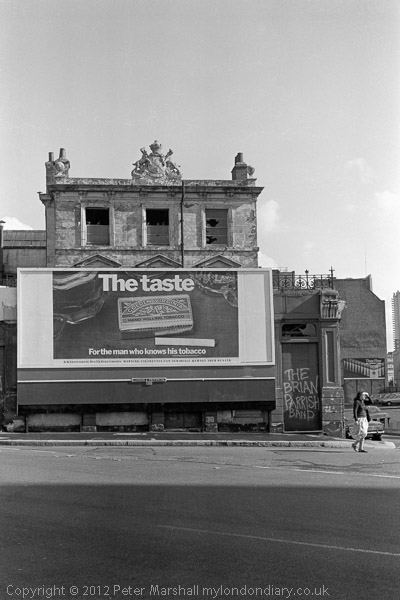I’ve written several times over the years admiring the powerful black and white images of Magnum’s Paolo Pellegrin, and wasn’t surprised to find one of his stories, on an area called ‘The Crescent‘ in Rochester, USA awarded second prize in the recently announced 2013 World Press Photo. So it came as a shock to read in EPUK News that one of the images included in this was not quite what the photographer had alleged it to be, and that a large section of the text of the story had been taken almost without alteration from a New York Times story published ten years earlier.
EPUK News linked to a feature When Reality Isnt Dramatic Enough: Misrepresentation in a World Press and Picture of the Year Winning Photo by Michael Shaw, the publisher of the BagNews Notes web site, which gives full details of how and where the picture was made and the various errors in the caption and use of the image – including some comments by the subject of the photograph, Shane Keller.
Briefly, the picture was taken after Pellegrin had asked a student who was assisting him during the Magnum project in Rochester if he could find someone to be photographed holding a gun. It wasn’t taken in the Crescent area, and the man holding the gun was a student with no connection with violence or drug-dealing in the area. Nor, as the caption asserted, had Keller been a Marine Corps sniper – and the gun in the picture is not – as stated – a rifle!
And although the man in the picture offered the photographer his details for captioning, the photographer wasn’t interested – which would appear to imply that he had already decided that the picture was going to be used in a way that did not reflect what it actually showed. The title of the BagNews Notes article suggests that it was the pressure to make stories more dramatic – particularly for the prize contests – which led him to decide he needed a picture that went beyond what reality provided and to set this up.
The article publishes the material from the New York Times together with that submitted by Pellegrin, and the two are essentially identical. It seems a clear case of copyright infringement let alone plagiarism, and taken with the misuse of the image, it makes clear that what otherwise might have been arguably (if hard to believe) simply a matter of a careless approach to facts and journalistic ethics was a matter of deliberate pre-meditated deception. Not only is it a serious offence by the photographer concerned but it casts doubt on the whole integrity of the Magnum Agency.
Most surprisingly, the same story also won a second place in the Pictures of the Year International Awards, with the particular picture concerned winning first place in the Freelance/Agency category, but the controversy over it did not come into the open following this.
The case seems clear, and certainly demands investigation by Magnum, World Press Photo and POYi. Unless they take appropriate action they too will be sullied by the photographer’s failure, and public confidence in photojournalism and documentary photography will be further eroded.
I’ve never been a great believer in ‘awards’ whether in photography or other areas. It’s always seemed to me that the real award for making a fine image or a great film is intrinsic in the thing itself, and certainly the kind of awards ceremonies for the Oscars and similar events are both embarrassing in the extreme and actually demean all those involved – whether they win or not. Few of the greatest films have done well at the Oscars, and if the satisfaction of making great works isn’t in itself enough, you probably are not making great works.
